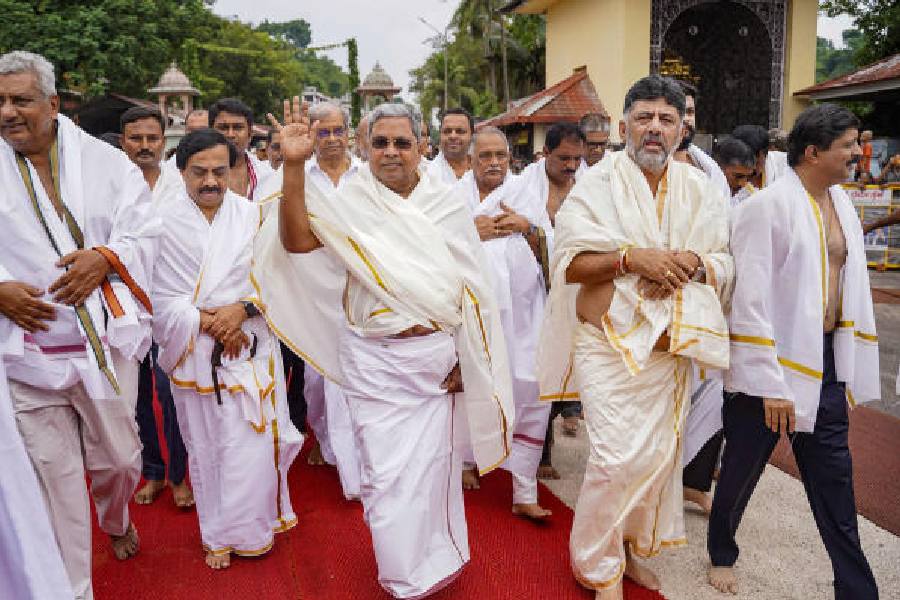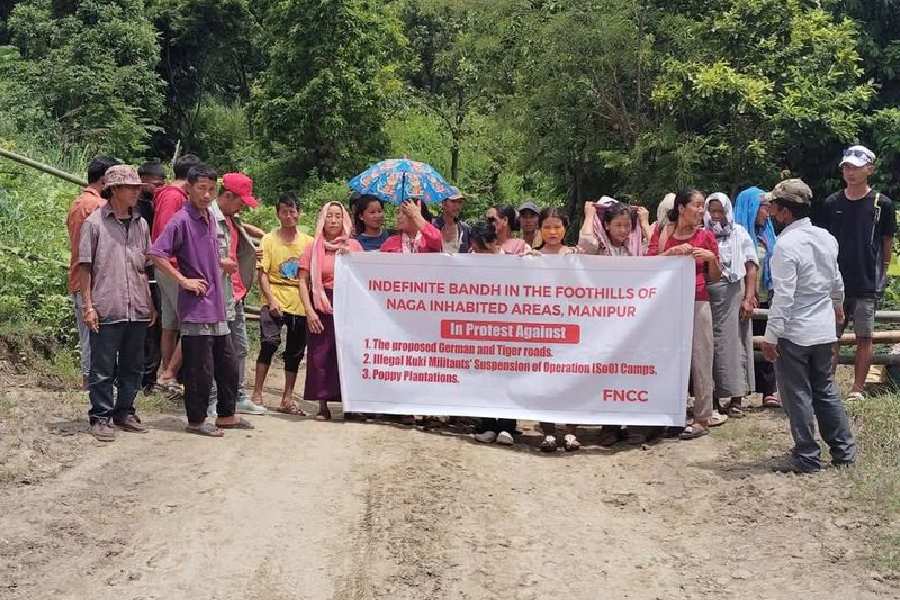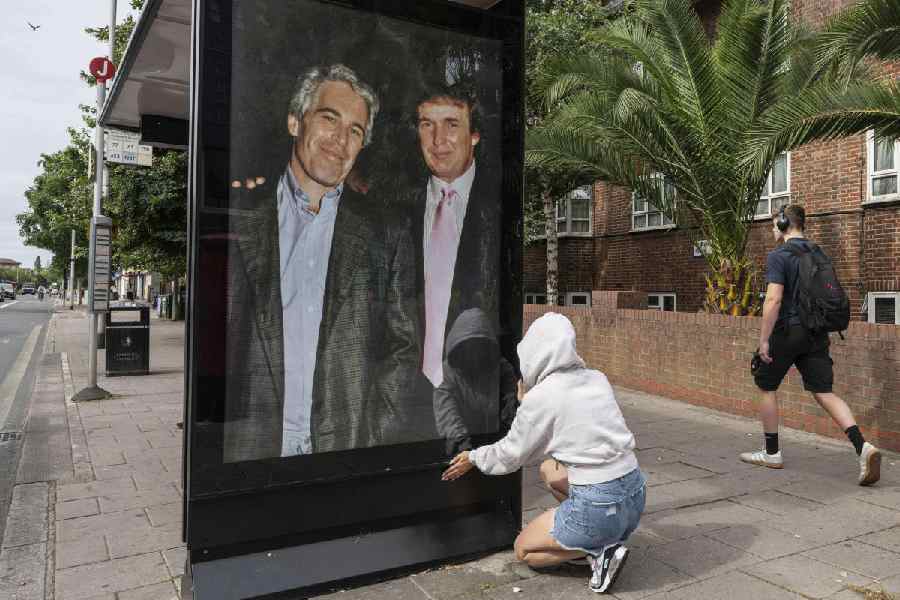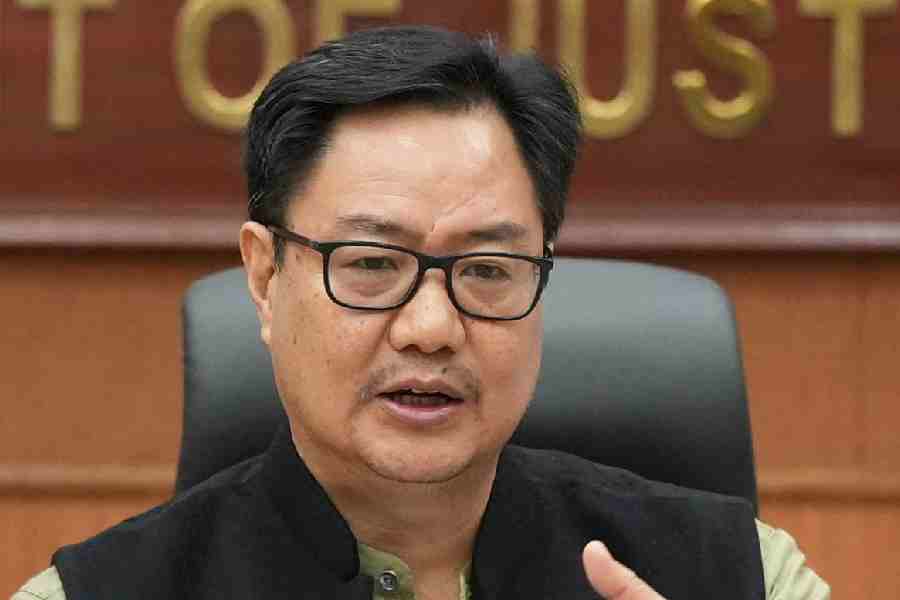.jpg)
New Delhi, Nov. 16: This will not please Prakash Karat, former CPM general secretary and a staunch critic of all things American. Indian students appear to be flocking to American universities like never before.
The total number of Indian students in America rose to 132,888 in 2014-15, up by 29.4 per cent from the 102,673 counted the previous academic year, an official US report released today said. (See chart)
This has been a record since the Open Doors project, which counts overseas students and publishes the data, began in 1954-55. The previous Indian record was a growth of 29.1 per cent in 2000-01 over 1999-2000.
Although the report did not cite the year-wise arrivals of Indian students, the rise in the total would reflect an increase in the inflow rather than a decrease in outflow.
The report, published by the non-profit Institute of International Education in partnership with the US state department, said the number of overseas students on American campuses had risen by 10 per cent, from 886,052 in 2013-14 to 974,926 in 2014-15. This is a 35-year record.
Of the foreign students, 58 per cent were from four countries: China (31 per cent), India (14 per cent), South Korea (7 per cent) and Saudi Arabia (6 per cent).
Adam Grotsky, executive director of the New Delhi-headquartered United States-India Educational Foundation (USIEF), a US government body, said American universities had been making a sustained effort to reach out to Indian students and collaborate with Indian educational institutions.
This, he told a news conference here today, had led to the rising figures of Indian students on American campuses. The USIEF has set up centres across the country to facilitate US universities' outreach to Indian students.
Grotsky said American educational institutions such as the University of South Florida and the Chicago University had recently opened centres in India to handle student exchange and collaboration with Indian universities on research and other activities.
In the past 12 months, the US consulate in Hyderabad has issued 27,000 student visas, the highest among all the regions. It's followed by Mumbai (25,000), Chennai (18,500), Delhi (11,000) and Calcutta (3,700).
All these visa holders, however, may not be students. Family members visiting students in America too have to get student visas, said Matthew Asada, the first secretary, exchange and education, at the US embassy.
Asada said an arrangement called "optional practical training" that allows a certain category of overseas students to obtain temporary employment for a year in America had been an added attraction in recent years.
USIEF country coordinator Renuka Raja Rao said the family members visiting students in US universities come back happy and influence others to travel to America for their studies.
Ravi Lochan Singh, an education consultant based in Calcutta, attributed the growth in Indian students' numbers in America to US student visas having become easier to obtain in recent years.
He put the lower figures from eastern India down to the region having fewer large cities and to a chunk of its students applying for visas from south India, where they study.
America's traditional competitor in luring Indian students has been Britain. But the numbers of Indian students in Britain have declined since the UK made it tougher for them to secure post-study employment in that country.
India's policy to not recognise the one-year master's degree granted by most UK universities too has reduced Britain's appeal as a study destination.
"This has been to America's advantage. Indian students are choosing either the US or Australia," Singh said.
The Open Doors report said that 304,467 American students were enrolled abroad in 2013-14, up by five per cent from the previous year. America's student population in India rose marginally from 4,377 in 2012-13 to 4,583 in 2013-14.
Foreign students' spending across America's 50 states contributed more than $30 billion to the US economy in 2014, the report said.
About 73 per cent of all international students receive most of their funds from sources outside the US, including personal and family sources as well as assistance from their home country governments or universities.
California hosted more than 120,000 overseas students for the second year in a row, followed by New York, Texas, Massachusetts and Illinois.
New York University was the leading host university for foreign students for the second year in a row, with 13,718 of them in its rolls.
Seven other universities hosted more than 10,000 overseas students: the University of Southern California, Columbia University, Arizona State University, the University of Illinois at Urbana-Champaign, Northeastern University, Purdue University at West Lafayette, and the University of California in Los Angeles.
America's population of Brazilian students rose above 23,000 this year - up by more than 78 per cent.

.jpg)








